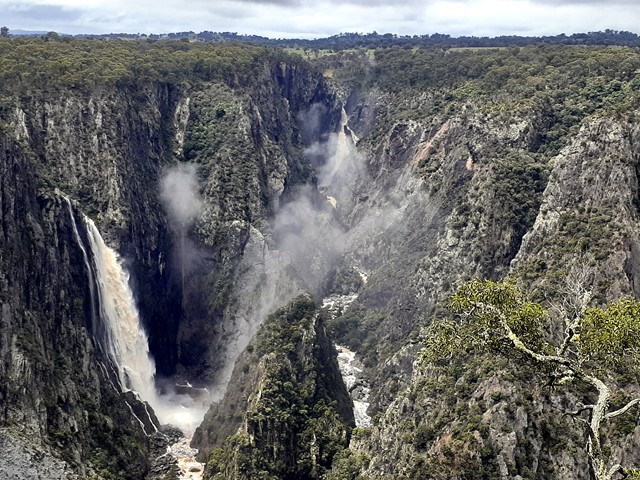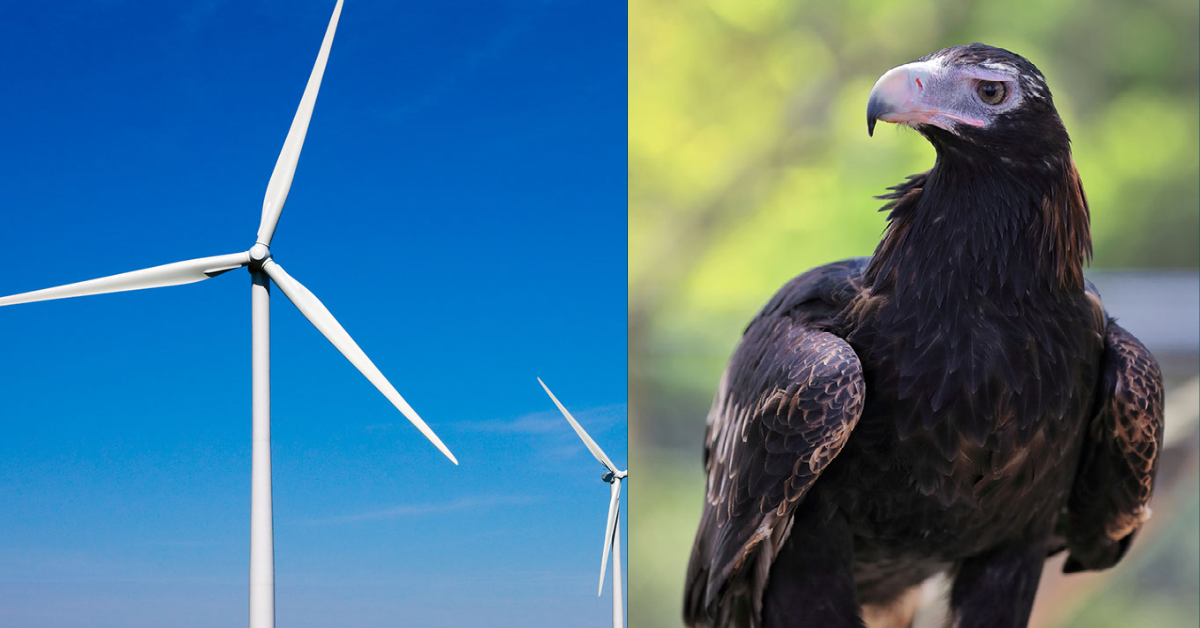With just 14 days left to comment on the Environmental Impact Statement for the Winterbourne Wind project, it has been revealed that the company behind the large wind farm proposal has budgeted to pay $64 million in “offsets” for the loss of native flora and fauna.
The Winterbourne Wind project is a proposal for a large 700 megawatt wind farm consisting of 119 wind turbines, each 230 metres high, on a 22,285 hectare site near Walcha on the border of the Oxley Wild Rivers National Park. When completed, it is expected what Winterbourne will generate 2.1 million megawatt hours of renewable energy per year, almost 10% of what was planned for the entire New England Renewable Energy Zone (REZ).
Winterbourne is easily one of the largest and most complex renewable power developments of the many projects proposed in the region. The New England REZ is the largest planned Renewable Energy Zone, expected to power up about 3.5 million homes from 8000 megawatts of renewable power and boost the New England economy by about $12.7 billion.
There is little doubt the Winterbourne Wind project will add millions to the economies to the villages of Uralla and Walcha, in addition to a ‘Community Benefit Fund’ to be managed by the two local councils of $1m at commencement of construction and $750,000 a year for the life of the project. It is estimated the $1.5 billion project will create 400 construction jobs and a small number of ongoing jobs.
However, according to their own documents, all of that power and money comes at a staggering environmental cost.
The Winterbourne Wind Environmental Impact Statement (EIS) has identified multiple threatened fauna and flora species, as well as fragile ecosystems, that will be significantly affected by the development. Over 200 hectares of habitat for Koalas, Spotted Tail Quoll, the Greater Glider and Squirrel Glider, Glossy Black Cockatoo, and Barking Owl will be destroyed.
The EIS documents also acknowledge that there is a high population of Wedge-Tailed Eagles in the area that fly at the height of the turbines, and, along with the Glossy Black Cockatoo and White Throated Needletail, there will likely be “collision and mortality”.
Threatened flora, including the Narrow-leaved Black Peppermint, a type of Eucalypt unique to the New England, are also identified as losses the company is willing to pay for.
The EIS indicates that aside from planning around the more fragile areas, there is little being done to protect the flora and fauna that will be put at risk or destroyed by the project going ahead. The company behind the project, Dutch wind power giant Vestas, simply proposes to pay for the assessed destruction of native habitat and ecosystems. That is a penalty and Ecosystem Credit payment of $50,887,024 and Species Credits payment of $13,431,558, combined just over $64 million.
Opponents say that’s just on the wind farm site; it doesn’t include the full impact on the neighbouring world heritage listed Oxley Wild Rivers National Park.

Voice for Walcha, a local group led by seven people who were concerned about the scale of the project and the lack of consultation with the community, have been doing their own research and holding information sessions for locals, which they describe as ‘doing the developers job for them’. Their final information session in relation to the EIS is on this Thursday night.
Damien Timbs from Voice for Walcha is at pains to say they are not anti-renewables.
“We live off the grid [on our farm]. Many of us are heavily invested in renewables.”
“But the Winterbourne Wind development is the wrong place, the wrong size, and the wrong developer,” Mr Timbs said.
The group is particularly concerned about the lack of consultation and care of the developer Vestas. The Dunghutti people have also previously expressed concerns about the lack of consultation.
“The EIS is full of errors. The department even asked the developer to revise the EIS and provide a ‘fuller document’.”
“[Member for Northern Tablelands] Adam Marshall managed to get us a 35 day extension on the consultation period on the EIS because of the Christmas break, but for 26 days of that the developer has been closed and there’s no one answering the phone,” Mr Timbs said.
“They just don’t care, and they aren’t serious about engaging with the community.”
The New England Times ran into the same issue as locals in trying to get information from the company. Attempts to contact the Winterbourne Wind office for comment were unsuccessful, the only response being an automated ‘out of office’ email message that they would be on holidays until January 16.
The lack of care and errors in the documents and materials that Voice for Walcha point to as evidence of Vestas’ lack of concern for the local community are often very obvious. For example, the promotional video above identifies the entire north east of NSW, including the North Coast and Mid-North Coast, as the ‘New England’ and the documents contain many typos and other errors obvious to even the untrained eye.
Aside from the lack on consultation, errors, and environmental damage, the Voice for Walcha group has raised concerns around increased bushfire risk, the creation of no fly zones near rural airstrips and the consequences for farmers and National Parks and Wildlife, and significant negative impacts on local water supplies and tourism.
“We live in our communities because we want to live here, we want them to be multi-generational… and leave it better for our children.”
“These multinationals don’t care,” Mr Timbs said.
Locals are invited to attend the information meeting on Thursday, January 12, at the Walcha Bowling Club beginning at 5.30pm. Submissions and comments on the EIS close on January 23.
Got something you want to say about this story? Have your say on our opinion and comment hub, New England Times Engage

